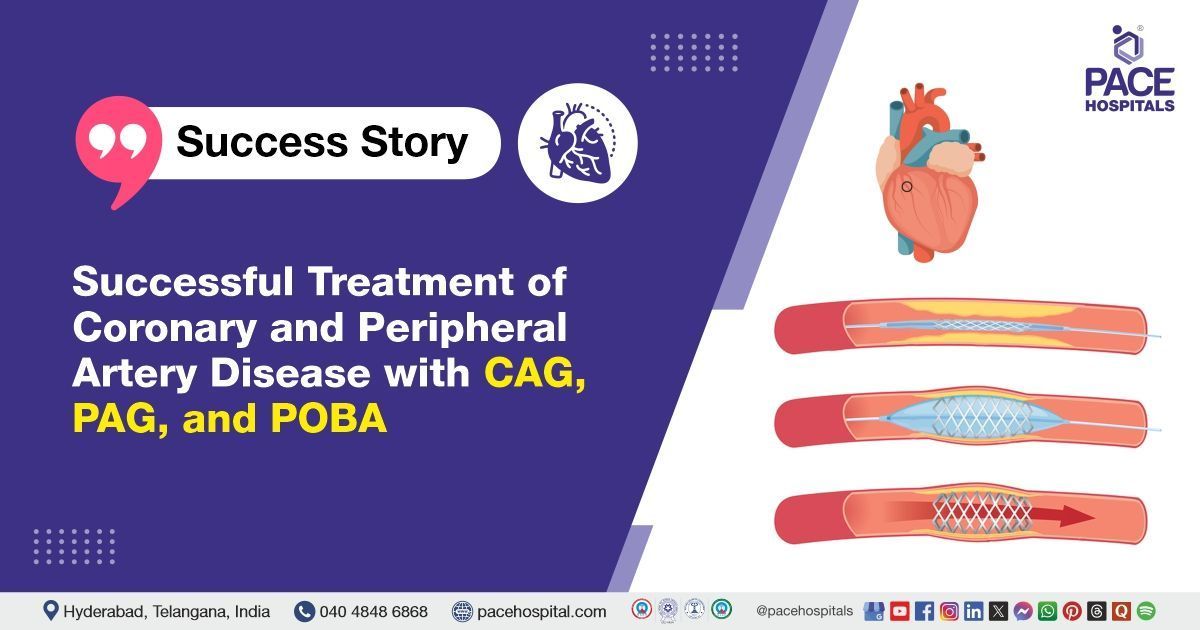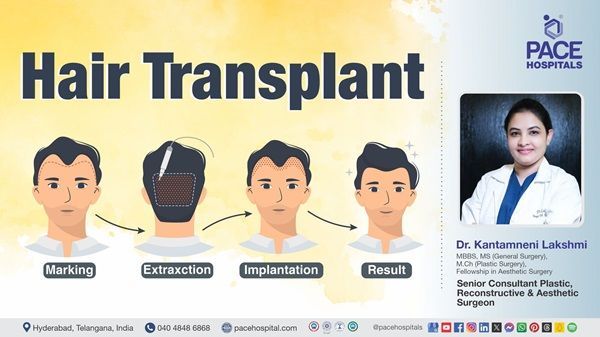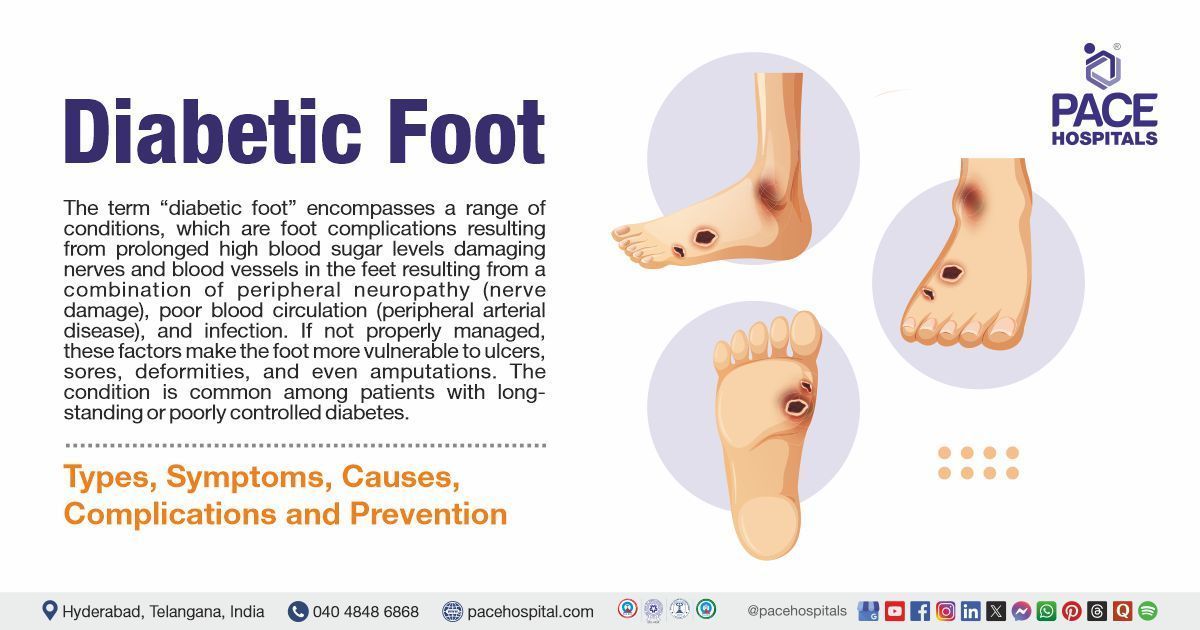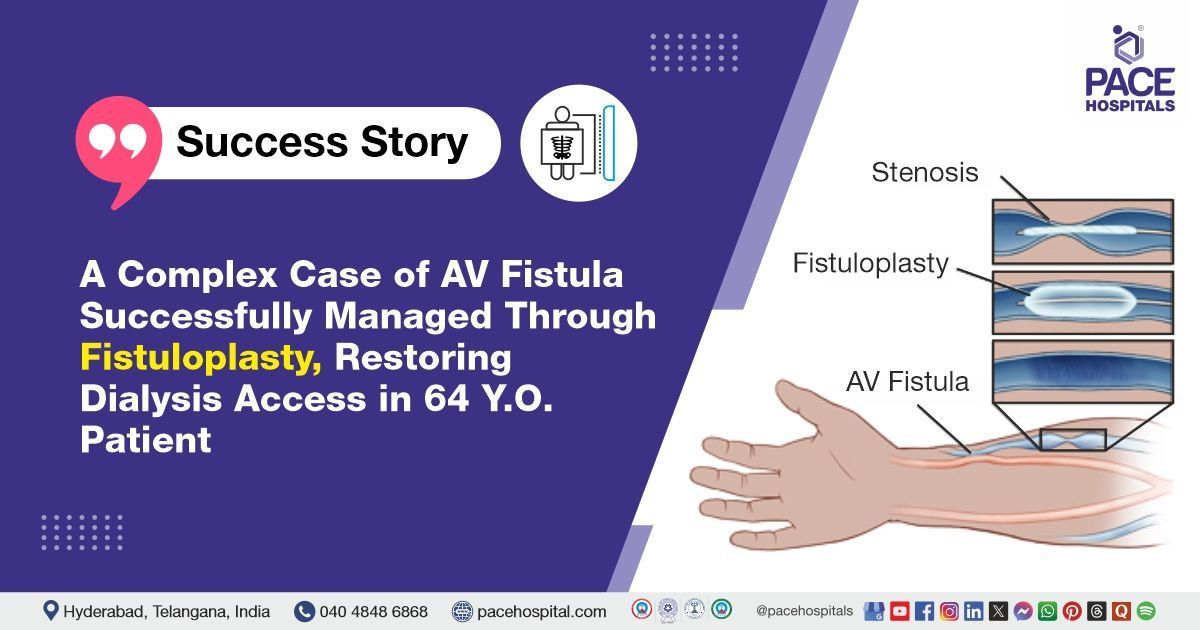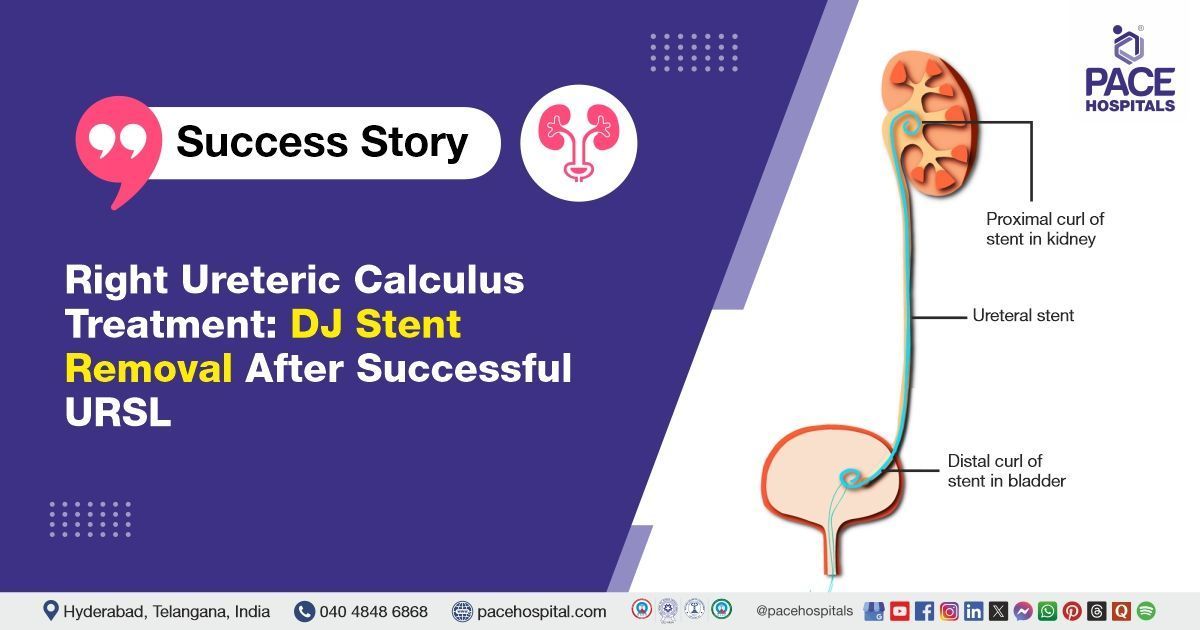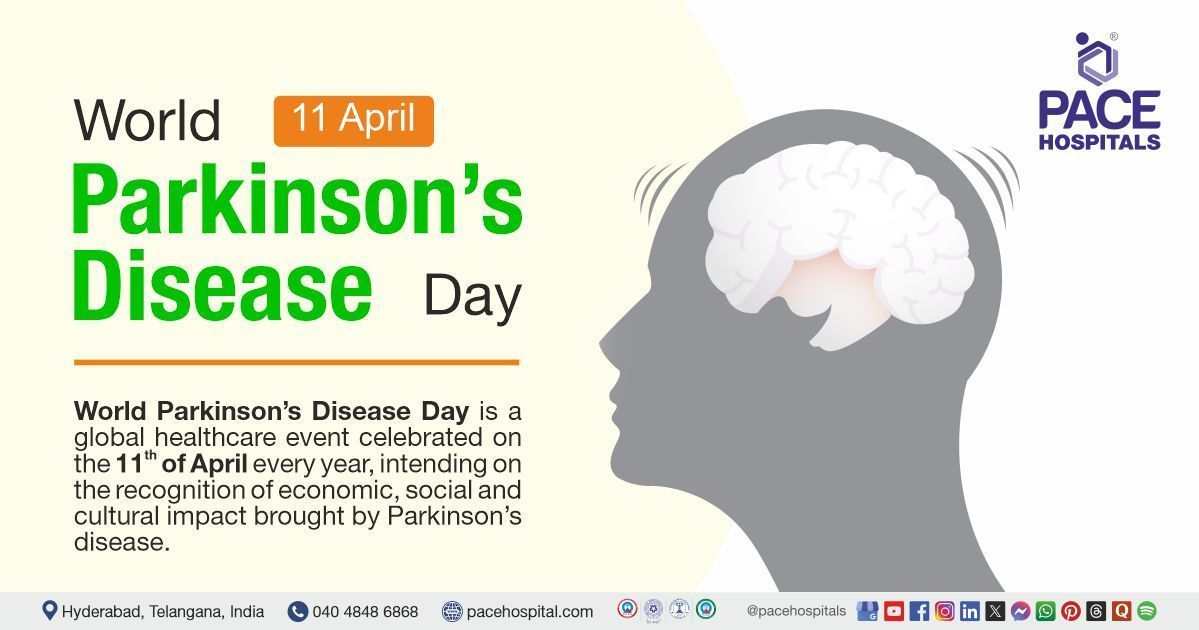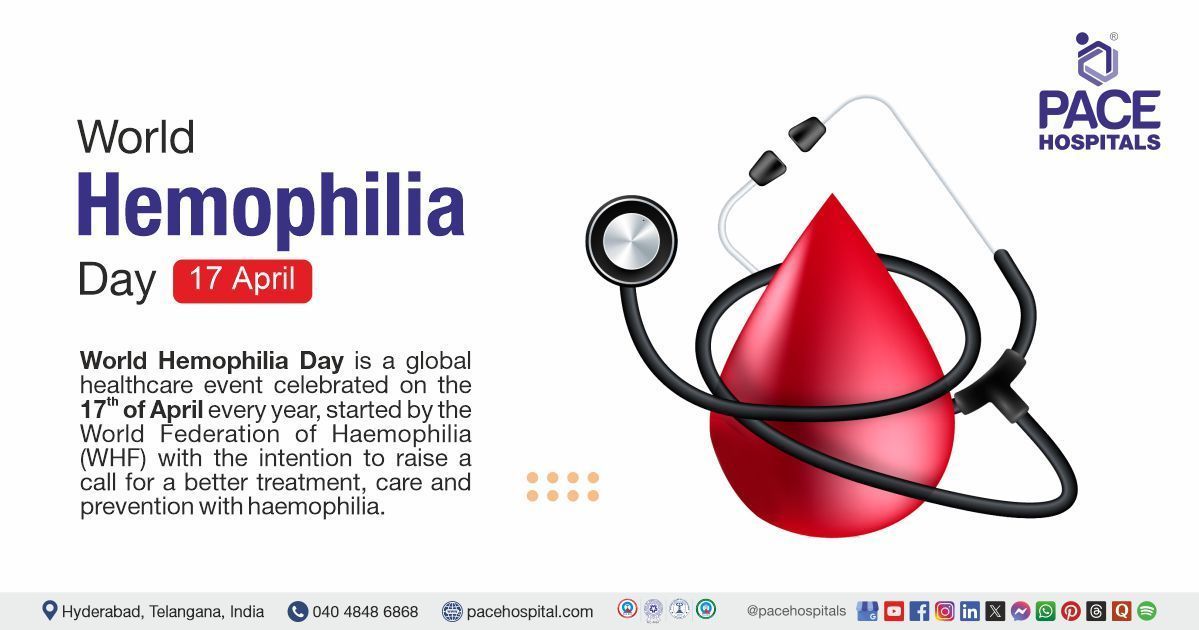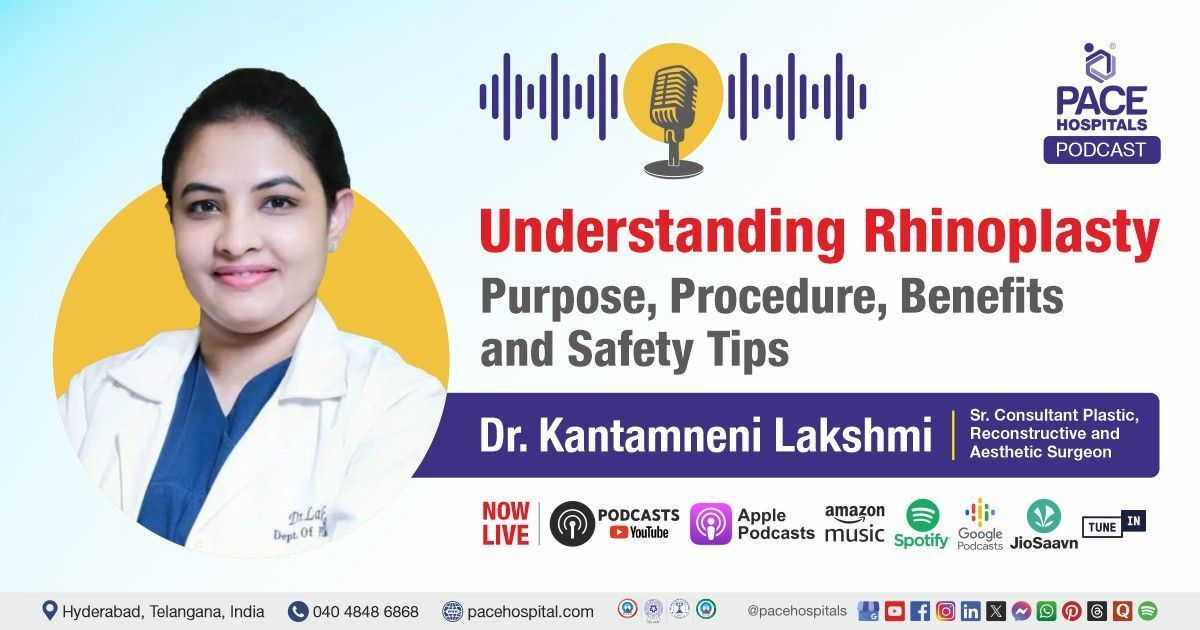Integrated Therapeutic Approach to Acute Pancreatitis, Pancreatic Necrosis, and Concurrent Deep Vein Thrombosis Management
A 15-year-old male patient from Madhya Pradesh, India, presented to PACE Hospitals, Hyderabad, with acute pancreatitis associated with WOPN and deep vein thrombosis (DVT), Endoscopic Retrograde Cholangiopancreatography (ERCP), Pancreatic Duct (PD) stenting was done, and anticoagulation therapy was initiated.
Chief complaints
The patient was presented with one month of progressive abdominal distension and abdominal pain. He experienced nausea and non-bilious, non-projectile vomiting. His symptoms included abdominal pain and tightness, especially after eating food, and a loss of appetite.
Medical History
The patient was not on any medications prior to hospitalization. No allergies were noted. He was presented with a one-month history of progressive abdominal distension and pain, accompanied by nausea and vomiting. There was no history of
jaundice, fever, or weight loss.
Physical Examination
On physical examination, the patient was in a stable condition but appeared to be in mild discomfort due to abdominal pain. His abdomen was uniformly distended and showed tenderness on palpation, primarily in the upper abdomen.
Diagnostic investigations
Laboratory findings showed all parameters within normal limits. Imaging studies, including ultrasonography (USG) and computed tomography (CT) abdomen, revealed moderate to large free fluid in the abdomen, a 3.7 x 1.9 cm walled-off pancreatic necrosis (WOPN) in the proximal body of the pancreas, and a pancreatic duct (PD) communicating with the WOPN. A filling defect was also noted in the right external iliac vein. Doppler ultrasound of the lower limbs identified acute deep vein thrombosis (DVT) in the right lower limb veins, extending into the right iliac vein, with no evidence of arterial thrombosis.
Based on the detailed investigations, the patient was diagnosed with
acute pancreatitis with pancreatic duct leak and ascites with walled-off pancreatic necrosis (WOPN), as well as right lower limb deep vein thrombosis (DVT).
Medical Decision Making (MDM)
Considering the diagnosis, the Interventional Gastroenterologist, Transplant Hepatologist, Pancreatologist and Endosonologist,
Dr. Govind Verma opted to address both the pancreatic ductal leak and the associated pancreatic necrosis, as well as to treat the deep vein thrombosis. Considering the patient’s young age and the extent of the complications, the surgeon decided to go for minimally invasive procedures combined with supportive care to mitigate symptoms and prevent further complications.
Treatment
The treatment plan began with the placement of an indwelling catheter for peritoneal fluid drainage, followed by ascites fluid removal with intravenous albumin for volume support.
Endoscopic retrograde cholangiopancreatography (ERCP) and pancreatic duct (PD) stenting were performed, including a sphincterotomy over a guidewire. Pancreatography confirmed a ductal leak, and a 5x7 cm single pigtail plastic stent was deployed into the walled-off pancreatic necrosis (WOPN). Anticoagulation therapy was initiated to manage the right lower limb deep vein thrombosis (DVT), and intravenous antibiotics were administered when the patient developed a high fever. Supportive care included intravenous fluids, pain management, and ongoing monitoring.
Surgical Findings
During endoscopic retrograde cholangiopancreatography (ERCP), the pancreatic duct leak was visualized, and the stent was successfully placed within the walled-off pancreatic necrosis facilitating drainage. The sphincterotomy was performed without any complications.
Discharge notes
Antibiotics, Proton pump inhibitors, Opioid analgesics, and steroids for pain management were prescribed to the patient as discharge medications. The patient was discharged in a hemodynamically stable condition.
Postoperative monitoring
In the immediate postoperative period, the patient’s fever was managed with intravenous antibiotics. There was a gradual reduction in ascitic fluid drainage, allowing for the removal of the percutaneous catheter (PCD) without recurrence of fluid accumulation in the peritoneal cavity. Follow-up imaging included an abdominal ultrasound (USG), which showed a minimal loculated fluid collection in the pelvis with the walled-off pancreatic necrosis (WOPN) still present. A Doppler ultrasound of the lower limb indicated partial recanalization of the right lower limb deep vein thrombosis (DVT).
Follow-Up
Six months after the initial treatment, the patient returned for pancreatic duct (PD) stent removal. Imaging confirmed the stent’s position, and it was successfully removed under endoscopic guidance without any complications.
Discharge notes
The patient was discharged in a stable condition with recommendations to maintain a fat-free diet to prevent recurrence of pancreatitis and to return for a follow-up in three months. While getting discharged, he was hemodynamically stable and showed symptomatic improvement.
He was advised to continue the anticoagulation regimen with appropriate follow-up. The follow-up instructions included adherence to dietary guidelines, monitoring for any recurrence of symptoms, and scheduling a re-evaluation in three months.
Relationship between pancreatitis, pancreatic necrosis and deep vein thrombosis
Acute pancreatitis can lead to the development of walled-off pancreatic necrosis (WOPN), where dead pancreatic tissue forms a fibrous capsule. The inflammatory response in pancreatitis increases clotting factors, leading to a hypercoagulable state that raises the risk of deep vein thrombosis (DVT). The presence of WOPN exacerbates systemic inflammation, increasing the likelihood of thrombosis, particularly in the lower extremities. Immobilization during treatment and the use of certain medications like anticoagulants can further contribute to DVT risk. Effective management of complications and DVT is essential to prevent further systemic issues and optimize patient recovery.
Request an appointment
Fill in the appointment form or call us instantly to book a confirmed appointment with our super specialist at 04048486868
Appointment request - health articles
Thank you for contacting us. We will get back to you as soon as possible. Kindly save these contact details in your contacts to receive calls and messages:-
Appointment Desk: 04048486868
Whatsapp: 8977889778
Regards,
Pace Hospitals
Hitech City and Madinaguda
Hyderabad, Telangana, India.
Oops, there was an error sending your message. Please try again later. We will get back to you as soon as possible. Kindly save these contact details in your contacts to receive calls and messages:-
Appointment Desk: 04048486868
Whatsapp: 8977889778
Regards,
Pace Hospitals
Hitech City and Madinaguda
Hyderabad, Telangana, India.
Our Locations – Find the Best Hospital Near You
Metro Pillar Number C1772, Beside Avasa Hotel, Hitech City Road, Near HITEC City Metro Station, Hyderabad, Telangana, India.
Mythri Nagar, Beside South India Shopping Mall, Hafeezpet, Madeenaguda, Hyderabad, Telangana, India.
040 4848 6868
Payment in advance for treatment at PACE Hospitals, Hyderabad, Telangana, India (Pay in INR ₹)
For Bank Transfer:-
- Bank Name: HDFC
Company Name: Pace Hospitals
A/c No.50200028705218
IFSC Code: HDFC0000545 - Bank Name: STATE BANK OF INDIA
Company Name: Pace Hospitals
A/c No.62206858997
IFSC Code: SBIN0020299
Scan QR Code by Any Payment App (GPay, Paytm, Phonepe, BHIM, Bank Apps, Amazon, Airtel, Truecaller, Idea, Whatsapp etc).

CONTACT US
Call: +914048486868
WhatsApp: +918977889778
Email: info@pacehospitals.in
FOLLOW US
SUBSCRIBE
Subscribe to our newsletter and stay updated with the latest health information.
Subscribe to PACE Hospitals' Public Newsletter
Thank you for subscribing to PACE Hospitals' Newsletter. Stay updated with the latest health information.
Oops, there was an error. Please try again submitting your details.
ABOUT US
QUICK LINKS
Disclaimer
General information on healthcare issues is made available by PACE Hospitals through this website (www.pacehospital.com), as well as its other websites and branded social media pages. The text, videos, illustrations, photographs, quoted information, and other materials found on these websites (here by collectively referred to as "Content") are offered for informational purposes only and is neither exhaustive nor complete. Prior to forming a decision in regard to your health, consult your doctor or any another healthcare professional. PACE Hospitals does not have an obligation to update or modify the "Content" or to explain or resolve any inconsistencies therein.
The "Content" from the website of PACE Hospitals or from its branded social media pages might include any adult explicit "Content" which is deemed exclusively medical or health-related and not otherwise. Publishing material or making references to specific sources, such as to any particular therapies, goods, drugs, practises, doctors, nurses, other healthcare professionals, diagnoses or procedures is done purely for informational purposes and does not reflect any endorsement by PACE Hospitals – your trusted hospital near me.


